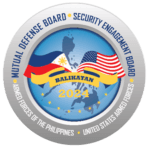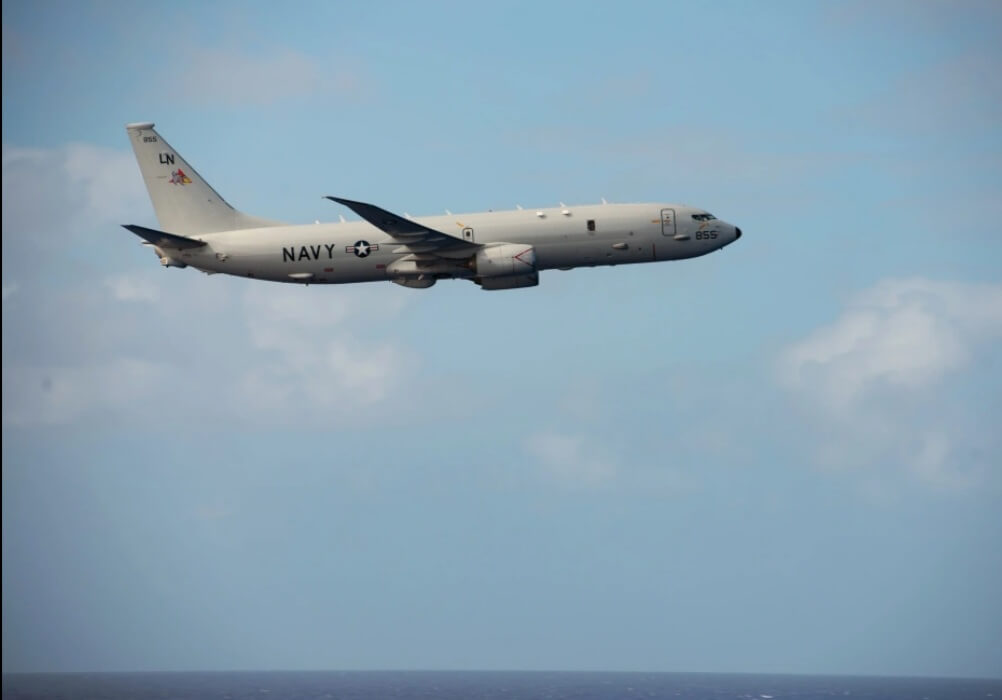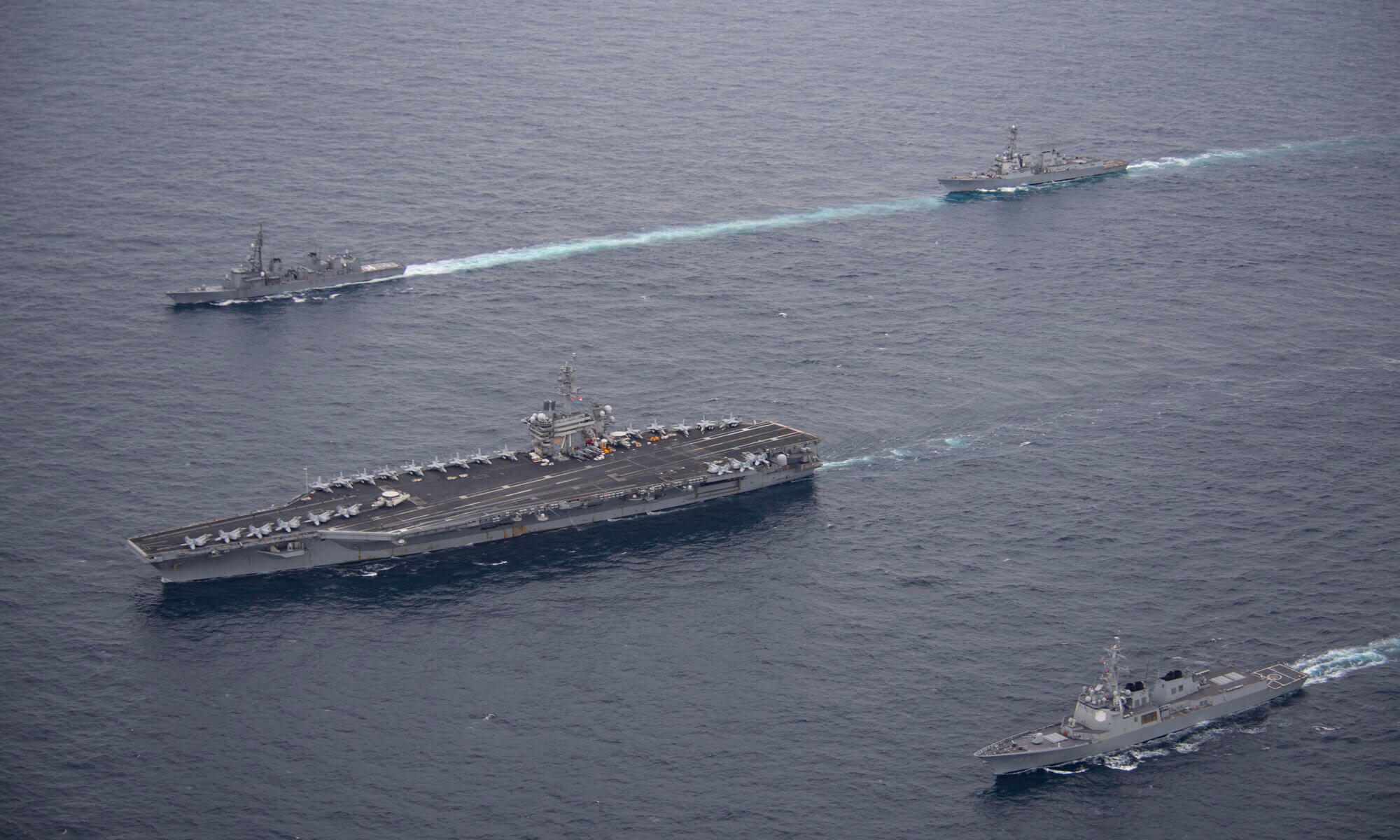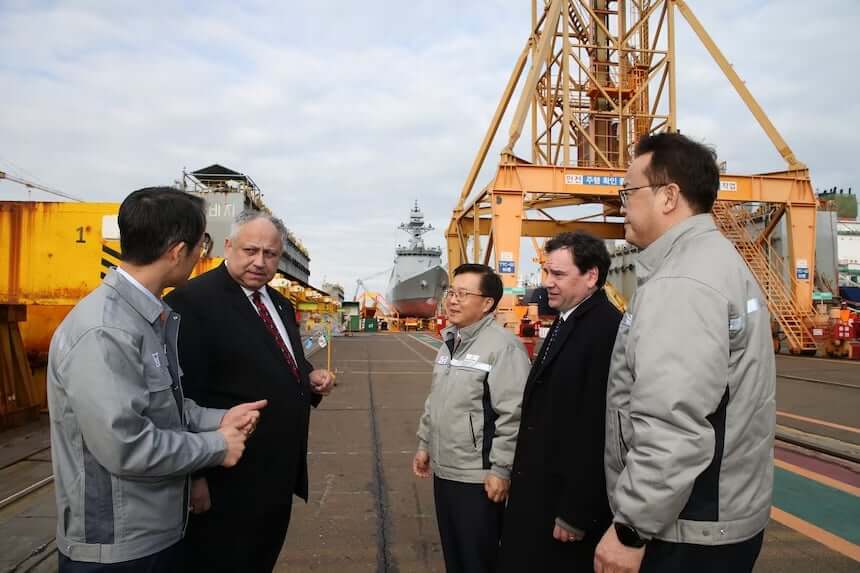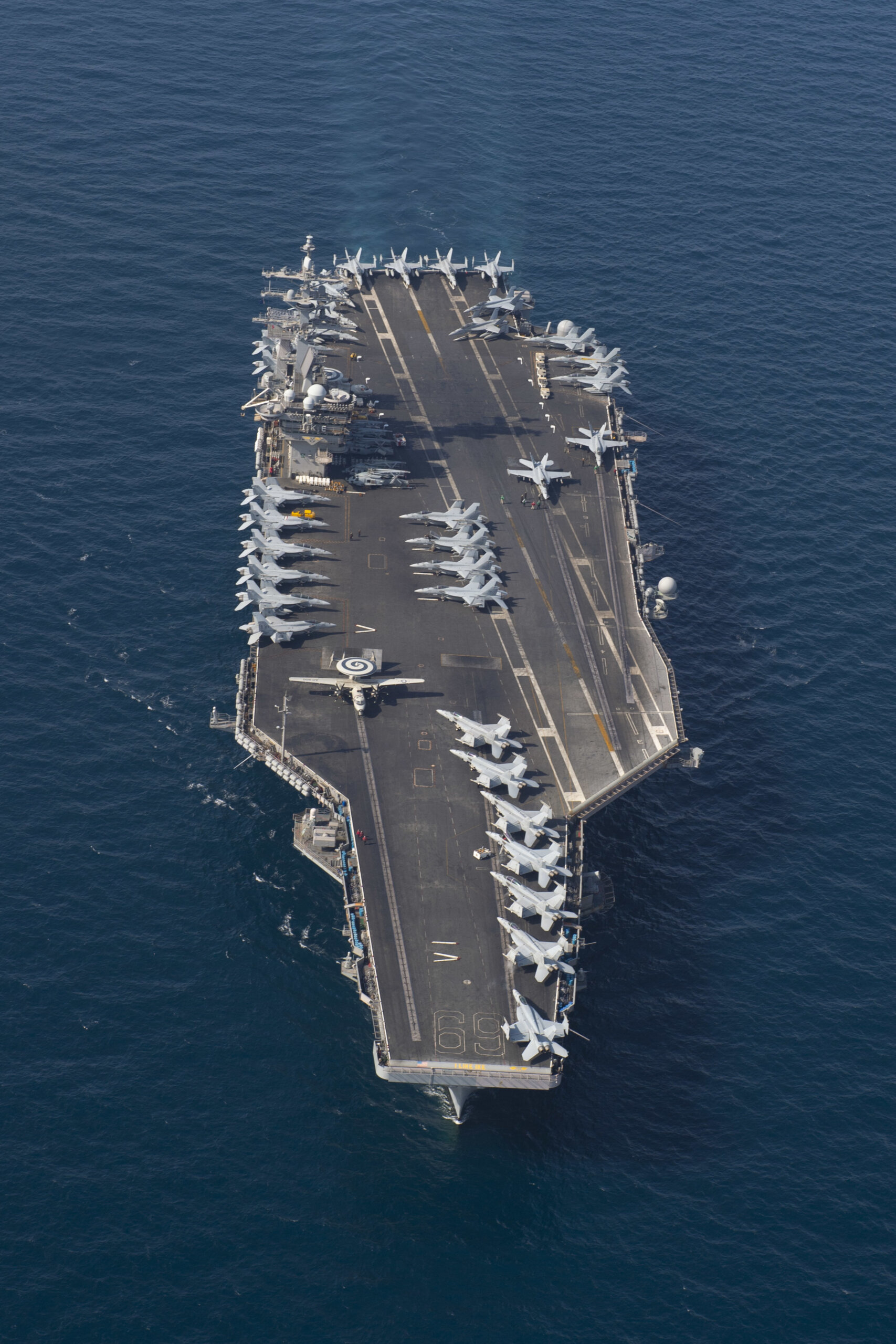
As we reflect on this week in naval history, it’s essential to remember and honor the brave men and women who stand on our front lines, safeguarding our freedoms and ensuring our nation’s security. These unsung heroes, from sailors aboard our ships to those serving in support roles on shore, exemplify dedication, resilience, and patriotism.
A Moment in History: The Battle of Midway
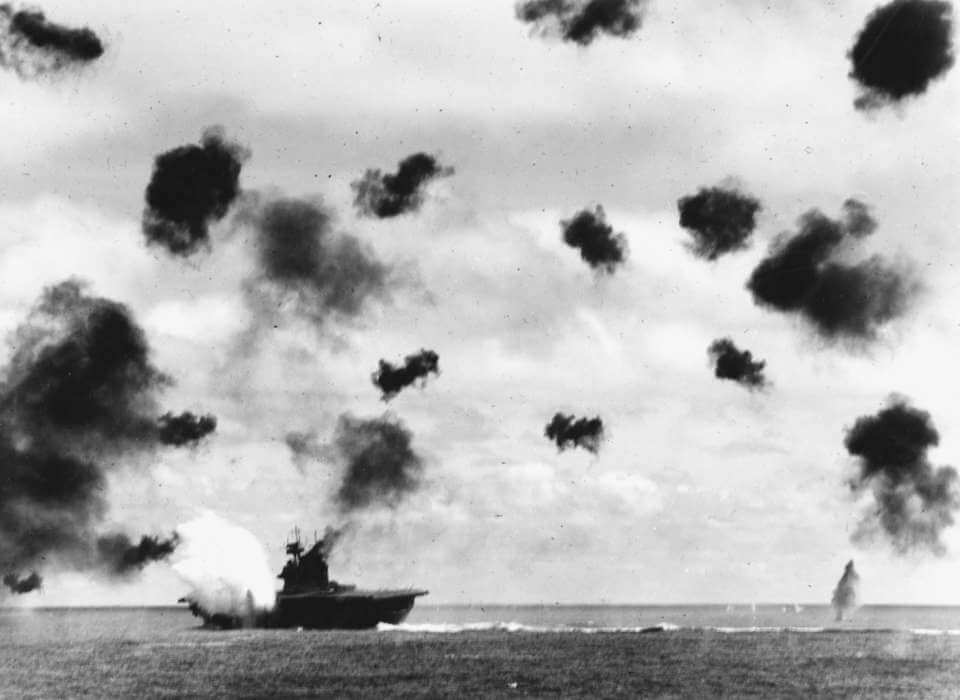
This week, we commemorate the anniversary of the Battle of Midway, a pivotal conflict during World War II. Fought between June 4-7, 1942, this battle marked a turning point in the Pacific Theater. The courage and strategic brilliance displayed by our Navy during this battle changed the course of the war, showcasing the importance of naval power and innovation.
D-Day: Operation Overlord
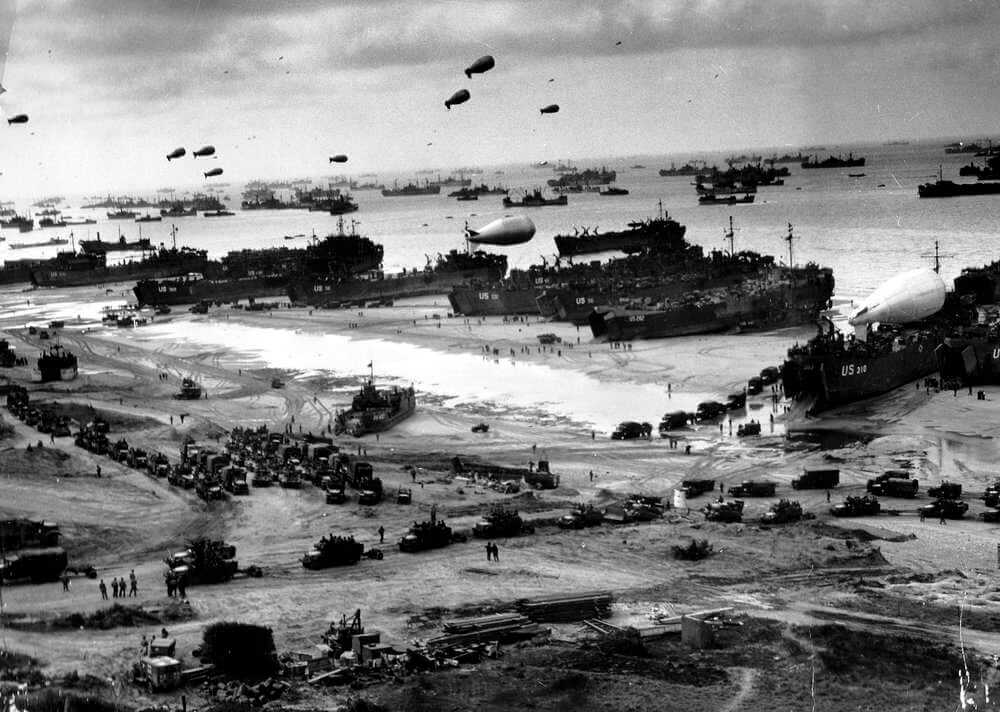
We also honor the anniversary of D-Day, which took place on June 6, 1944. This monumental operation, known as Operation Overlord, was the largest amphibious invasion in history and marked the beginning of the end for Nazi Germany. The U.S. Navy played a crucial role in this operation, providing the necessary sea power to transport and support the Allied forces as they stormed the beaches of Normandy. The bravery and sacrifice of those involved in D-Day remind us of the incredible cost of freedom and the enduring strength of our armed forces.
The Unsung Heroes: From Naval Aviators to Support Staff
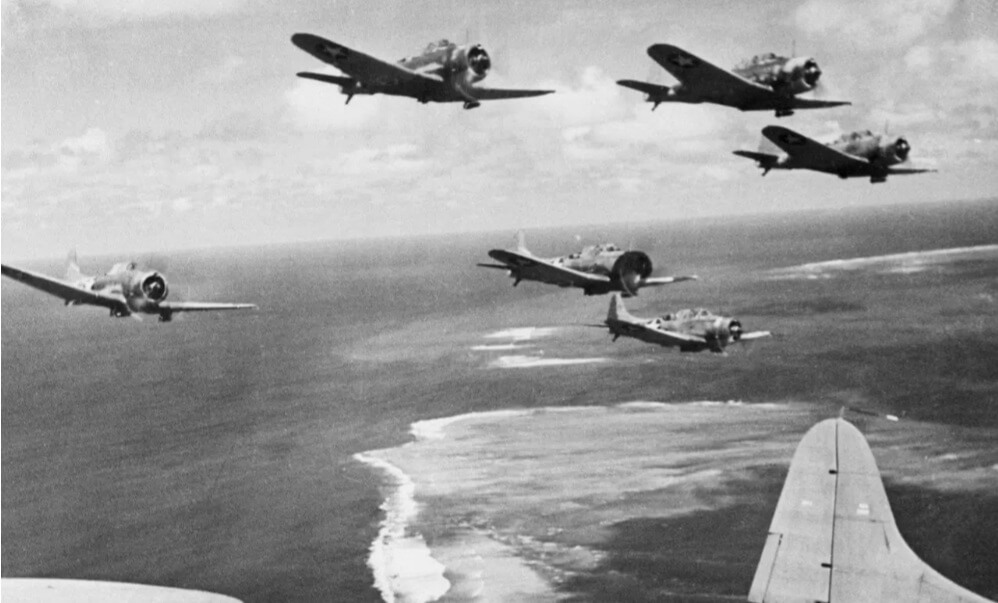
While we celebrate the historical significance of such battles, it’s also crucial to recognize the everyday heroes who continue to serve. Our naval aviators, responsible for protecting our skies and supporting ground operations, demonstrate unmatched skill and bravery. They follow in the footsteps of the pilots who fought valiantly at Midway and supported the landings on D-Day, carrying forward a legacy of excellence.
Behind every successful mission are countless support staff who ensure our Navy’s operational readiness. These individuals, often working behind the scenes, play critical roles in maintenance, logistics, intelligence, and medical support. Their contributions, though less visible, are indispensable to the Navy’s success.
The Dwight D. Eisenhower Carrier Strike Group: Defending the Front Lines
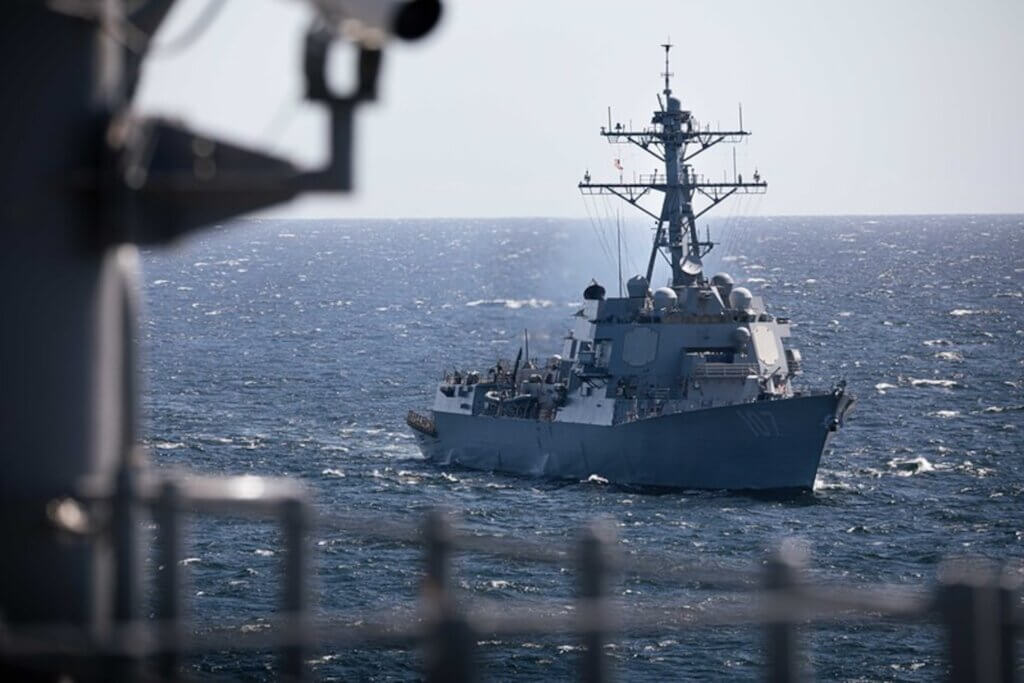
The USS Dwight D. Eisenhower (CVN 69), along with its carrier strike group, is currently operational in the Red Sea. The strike group includes the destroyers USS Gravely and USS Mason, as well as the cruiser USS Philippine Sea . Defense officials have confirmed that the USS Bataan, USS Carter Hall, and at least three guided-missile destroyers, including USS Roosevelt (DDG-80), USS Thomas Hudner (DDG-116), and USS Carney (DDG-64), are also present in the Red Sea . The deployment of these ships has been extended to support maritime security and stability in the region amid ongoing activities .
The Eisenhower Strike Group has been actively engaging Houthi threats. Their efforts have included intercepting missiles and drones aimed at commercial and military vessels, ensuring the safety and security of vital shipping routes.
US Secretary of Defense Lloyd Austin initially directed the strike group to the Middle East in late October, following an increase in regional violence. Since then, the strike group has expended over 500 munitions in its mission, highlighting the intensity and importance of their operations. Secretary of the Navy Carlos Del Toro disclosed that nearly $1 billion worth of munitions had been used in the conflict over the past six months, emphasizing the financial and operational commitment of the US Navy in this ongoing conflict.
A Legacy of Service and Sacrifice
The spirit of service and sacrifice that defined the Battle of Midway and D-Day lives on in today’s Navy. Our sailors and officers embody the same values of courage, honor, and commitment that guided their predecessors. They stand ready to face any challenge, defending our nation’s interests with unwavering resolve.
Honoring Our Front Line Today
As we remember these significant events in naval history, let us also take a moment to honor those currently serving. Their dedication ensures that our Navy remains a formidable force, capable of responding to threats and maintaining peace around the world. From the flight deck of an aircraft carrier to the operational centers on shore, their efforts are the bedrock of our national security.
A Call to Action
We encourage everyone to take a moment to thank a service member, reflect on the sacrifices made by our Navy, and support organizations dedicated to the well-being of our military personnel. Let us recognize and celebrate the heroes of the past and the present, whose unwavering dedication keeps our nation safe and secure.
In closing, the history of the U.S. Navy is rich with stories of bravery and triumph. This week, as we honor the Battle of Midway, D-Day, and our current front-line heroes, we are reminded of the enduring strength and spirit of those who serve. Their legacy inspires us all to strive for a stronger, more united America.
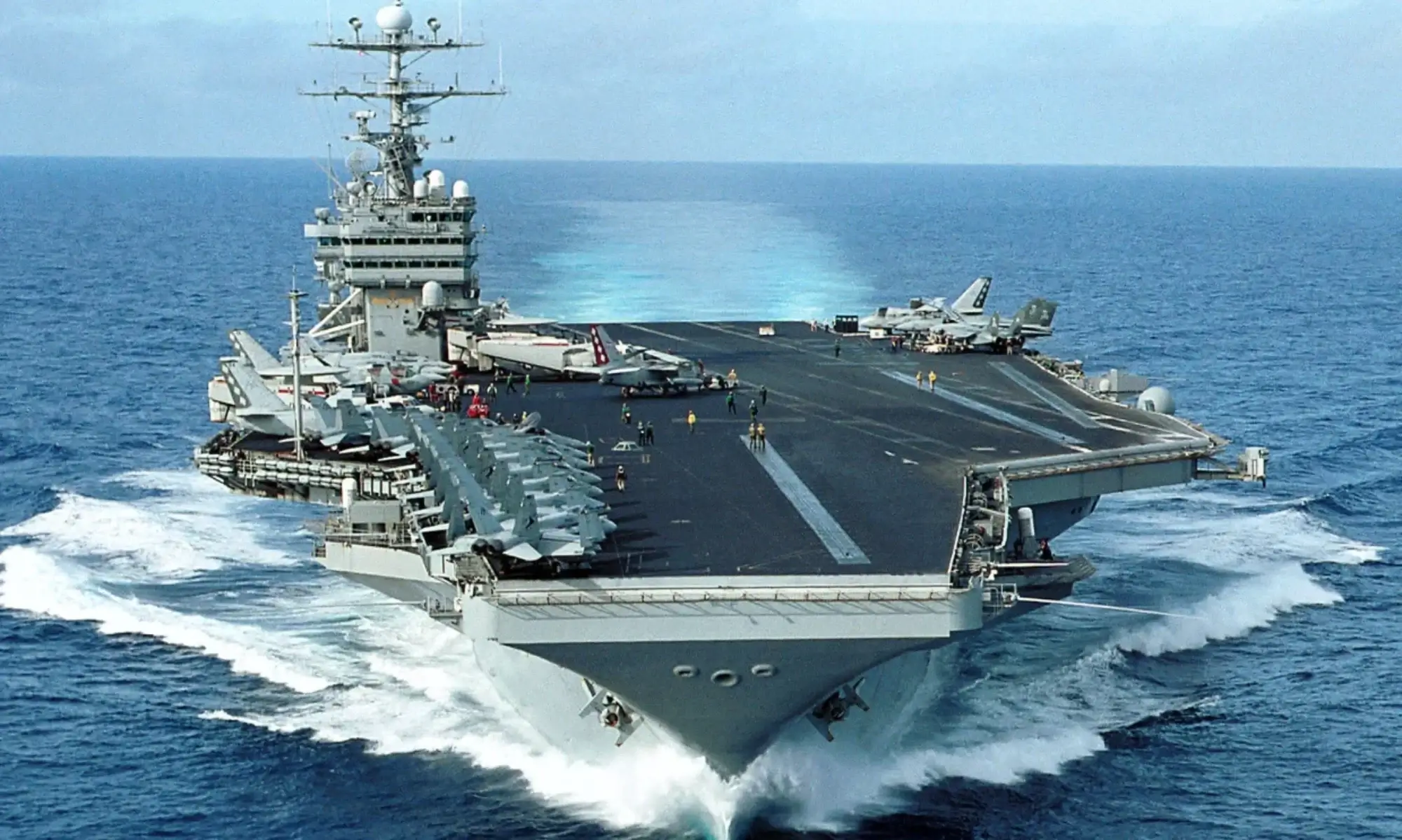
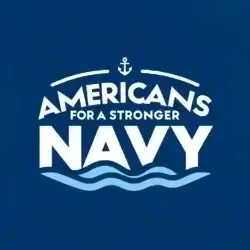
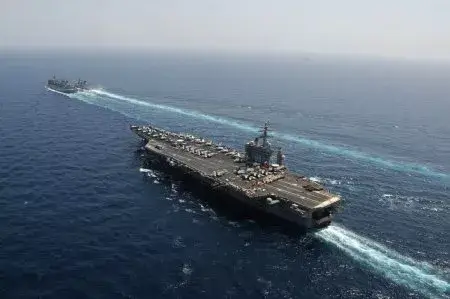
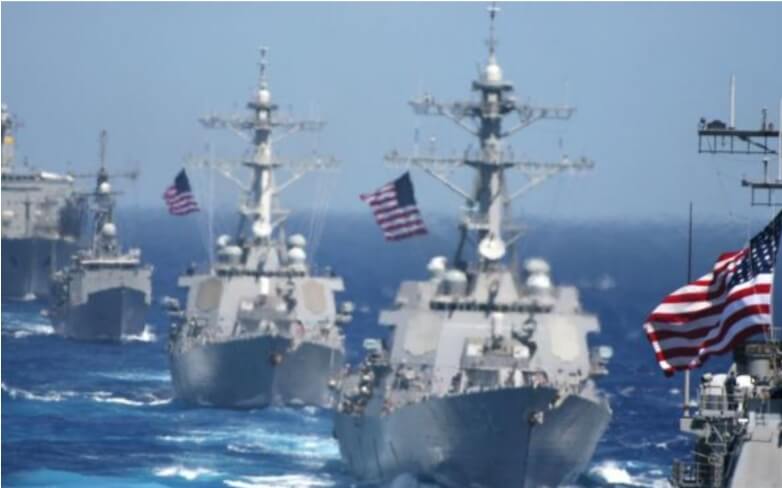
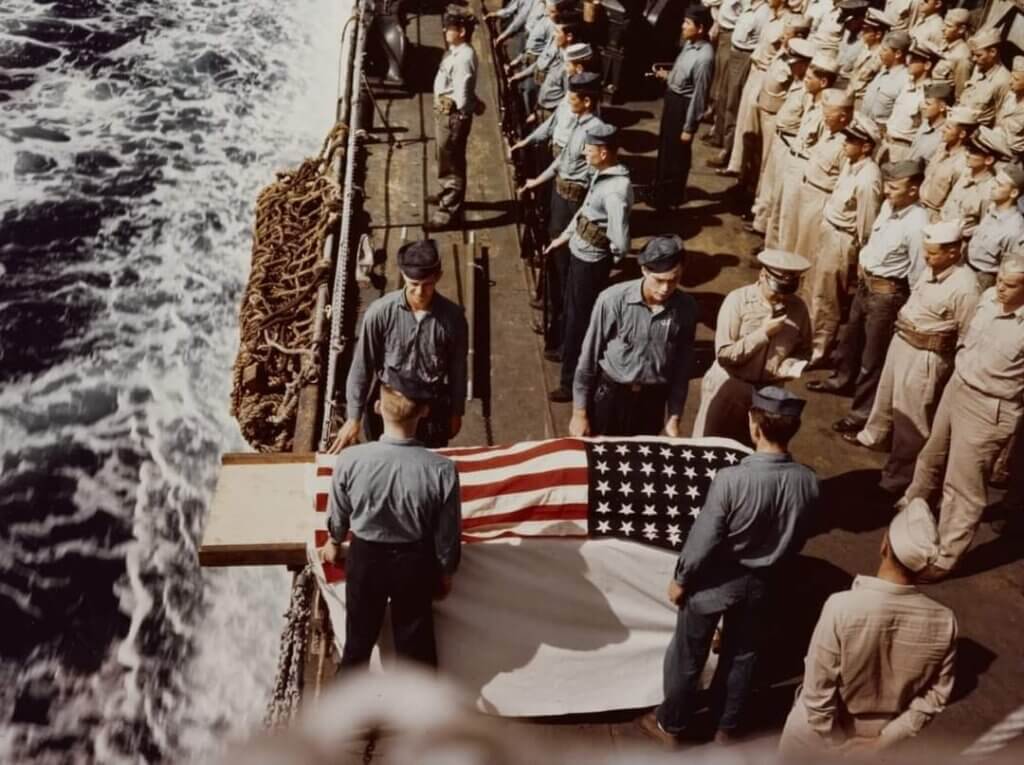
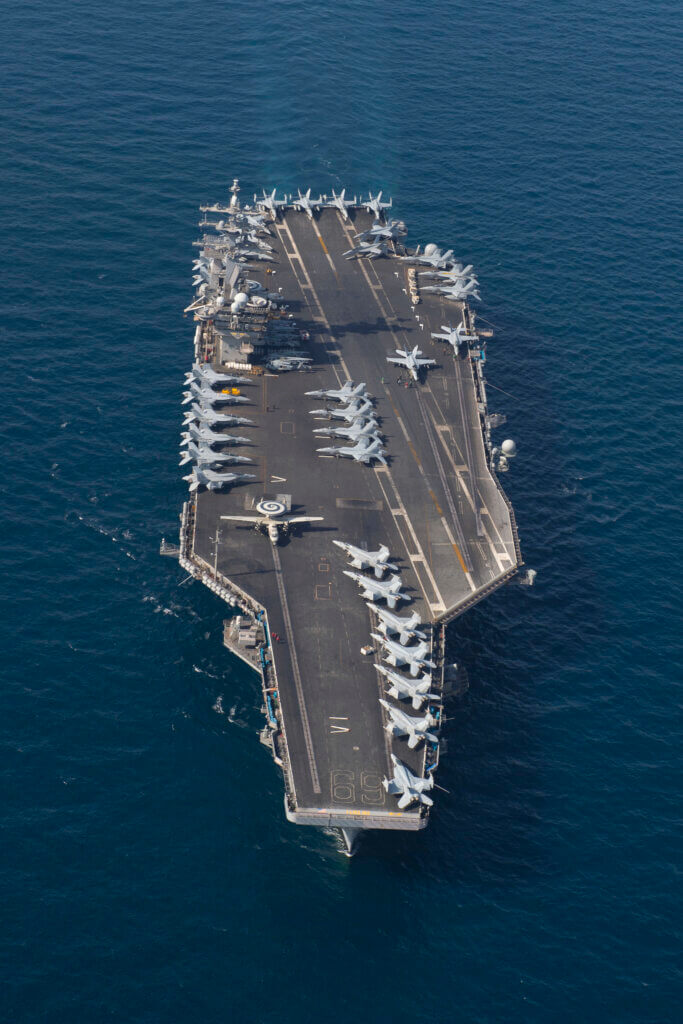 The aircraft carrier USS Dwight D. Eisenhower (CVN 69)
The aircraft carrier USS Dwight D. Eisenhower (CVN 69) 
